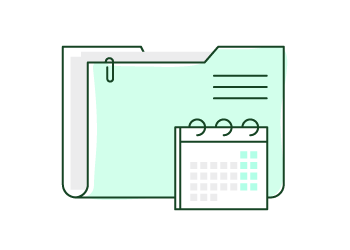Getting Things Done - GTD
Basic GTD: Organizing non-actionable data
AUTHOR: Francisco Sáez
One of the greatest advantages of GTD is that it allows, from the beginning, to separate actionable stuff from things that have value but do not require doing anything, at least right now. This results in a much more clear and unclogged work area.
A large part of what comes into your life is just reference material, that is, information that you want to keep for whatever reason.
You need a good filing system for your paper-based material. It must be accessible and it must be very simple to store something into it and find it when needed, so folders should be sorted alphabetically or by categories (or a mixture of both systems, if it is a large file).
Your contact information (phone numbers, addresses, business cards…) is part of this material. The ideal place for this type of information is the place where you will use it (mobile phone, address book of your e-mail software, CRM, etc.).
If you are like me, you have one part of your digital reference material on your own hard disk and other part elsewhere in the cloud (usually links to content that you consider useful). Use a comprehensible folder structure to organize your own files and some software (only one) that allows you to classify, tag and quickly find your resources on the web.
Another part of what comes into your life are things that do not require any action right now, but it is possible that they become actionable in the future. You want to keep these things to have the opportunity of reassessing them later. You can put these items on your Someday/Maybe list or in your Calendar.
The Someday/Maybe list is the most creative tool in GTD: skills you want to learn, places you’d like to visit, things you want to buy, projects you’d like to undertake, books to read, websites to visit, ideas in general. If you have actions in your Next Actions list that you’re not going to do in the next weeks, move them to this list. You must include this list in your Weekly Review to reconsider its items periodically (trash the obsolete ones and move to the Next Actions list those that are getting hot).
You can also use your Calendar to put a reminder about something you might consider in the future: events you could attend, projects you could activate, anniversaries, decisions to be made later, etc.
This is the last of three articles related to organization:





No comments